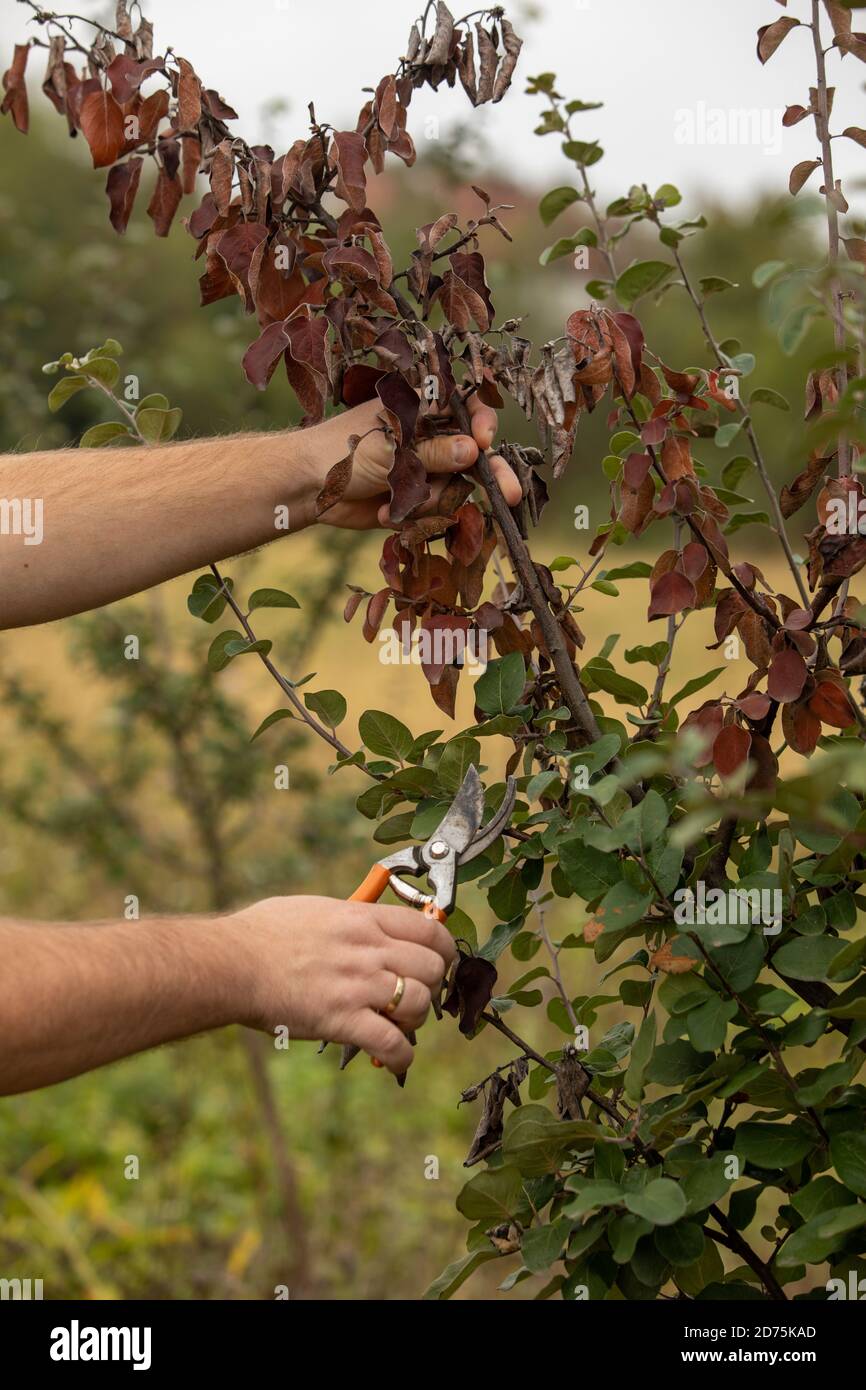

Products that looked great in 2021 trials, when pressure was mild, struggled in the hot, wet 2022 conditions, he said. “Right at petal fall, we get these really high temperatures, massive spikes, flowers are susceptible, shoots are growing, thinning is creating microwounds and, next thing you know, trees are collapsing.” (Courtesy Ken Johnson/Oregon State University)Īnd in Western New York last year, “we just got pounded,” said Kerik Cox, a Cornell pathologist. While marking pressure is relatively low in Oregon, where these Granny Smith apples were harvested from trials, you can see some marking in the alum, Blossom Protect with Buffer Protect, and Previsto with lime sulfur treatments. Unfortunately, the most effective nonantibiotic fire blight materials show higher potential to mark fruit, according to pathologist Ken Johnson of Oregon State University.

In Washington, growers who were surveyed about the impact of the 2018 outbreak (representing about 10 percent of the industry’s acreage) reported costs of $3.7 million for management and tree replacement on 17,000 acres, which can be extrapolated to an estimated $37 million in direct costs statewide. Michigan growers lost some 400,000 trees along Fruit Ridge in 2000, when streptomycin resistance caught them by surprise. The value of better fire blight management is huge for the industry, Villani said at the Fire Blight Fruit School, an educational workshop presented in Washington, Michigan and online earlier this year. While there’s still more to learn, especially about the plant defense-inducing products targeting shoot blight, the research team has gathered enough data to show how the different blossom blight options can best be assembled into a protective program and how much relative control growers can expect from different products. Department of Agriculture, building on work supported by the Washington Tree Fruit Research Commission.
#Fire blight on apple how to#
To provide better insight into how to use the growing list of products labeled for fire blight, Johnson, Villani and colleagues from around the country teamed up to evaluate product performance under different climates, cultivars and systems, supported by a $5 million grant from the U.S. “What we find is that when we are going to apply a product, it works differently in North Carolina than in Michigan than in New York,” said Sara Villani, a pathologist at North Carolina State University. … And then the material has to have a low potential to mark the fruit.”Īntibiotics check all the boxes, he said, but alternatives often require growers to weigh trade-offs between protection and fruit marking - or accept inconsistent performance. The second goal would be good infection suppression. “One is to significantly reduce the pathogen on the flower, and antibiotics are pretty good at that. “There’s three things we want the (control) material to do,” said pathologist Ken Johnson of Oregon State University. But no antibiotic alternative checks all the boxes. Growers today have more options than ever for controlling fire blight. (Courtesy Tianna DuPont/Washington State University) Ongoing research evaluates the best blossom protection programs for organic growers and seeks antibiotic alternatives. Two weeks after fire blight infection, inoculated as part of a research trial, these apple blossoms show the characteristic ooze produced as the pathogen blocks xylem vessels.


 0 kommentar(er)
0 kommentar(er)
